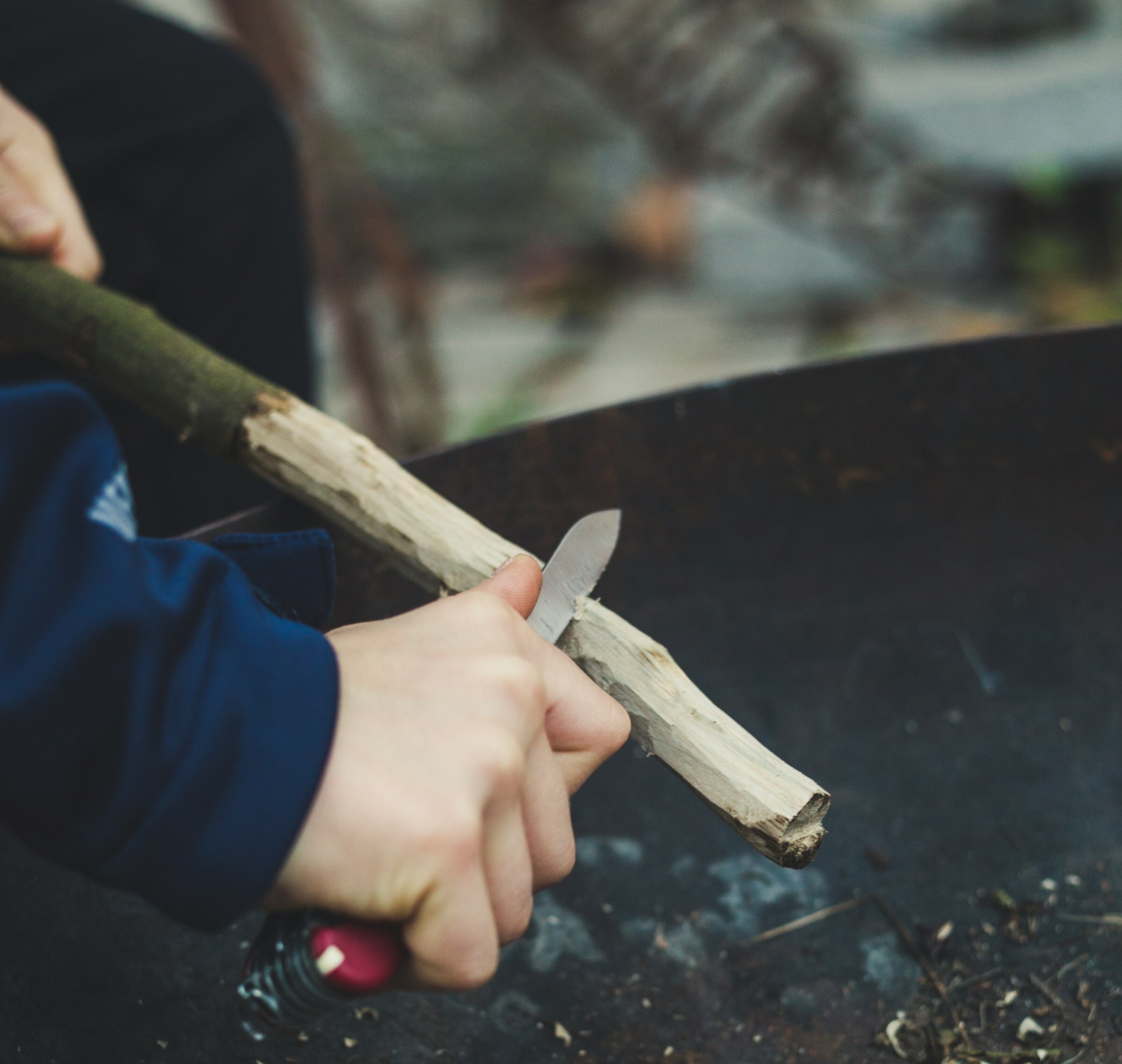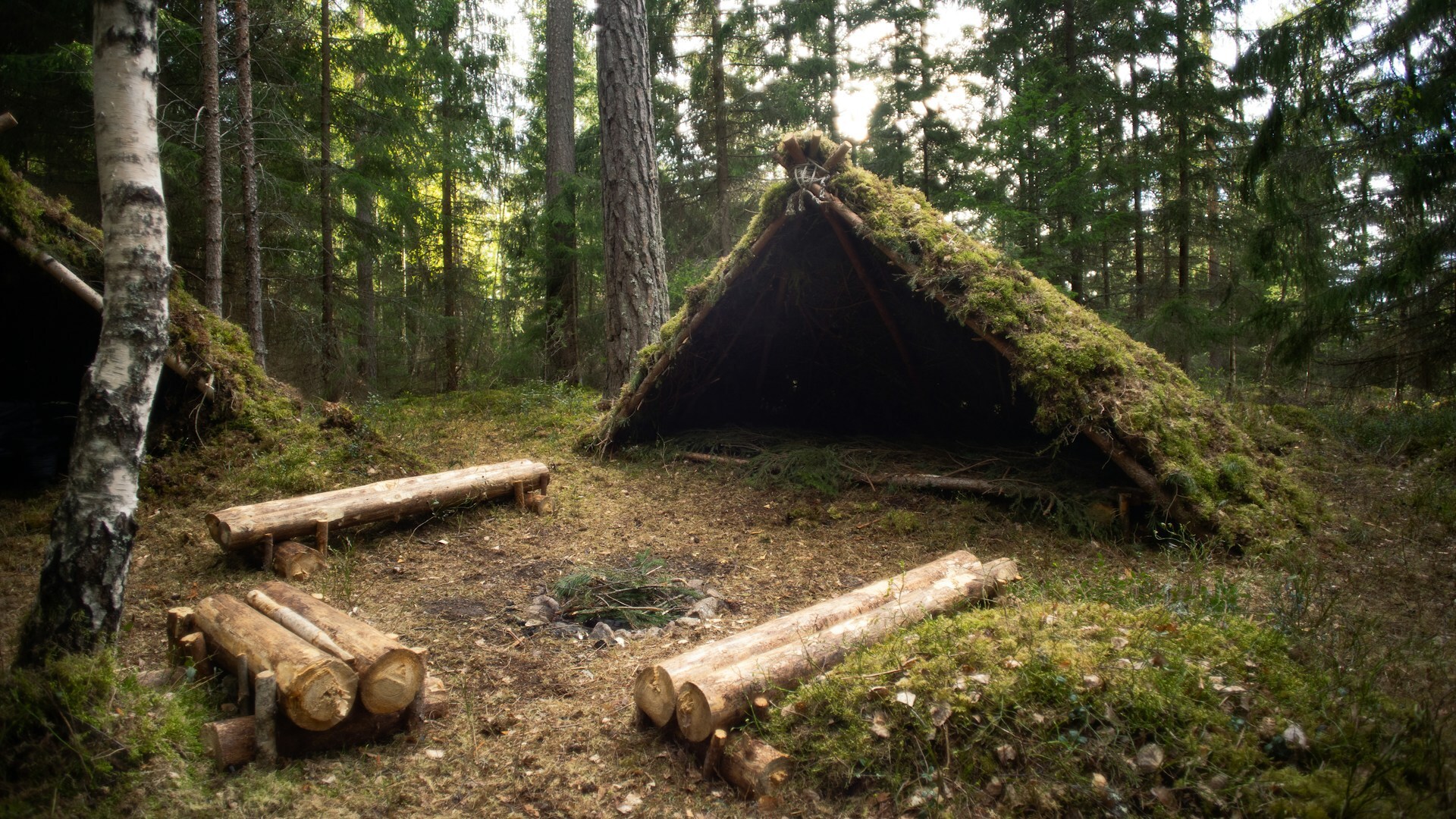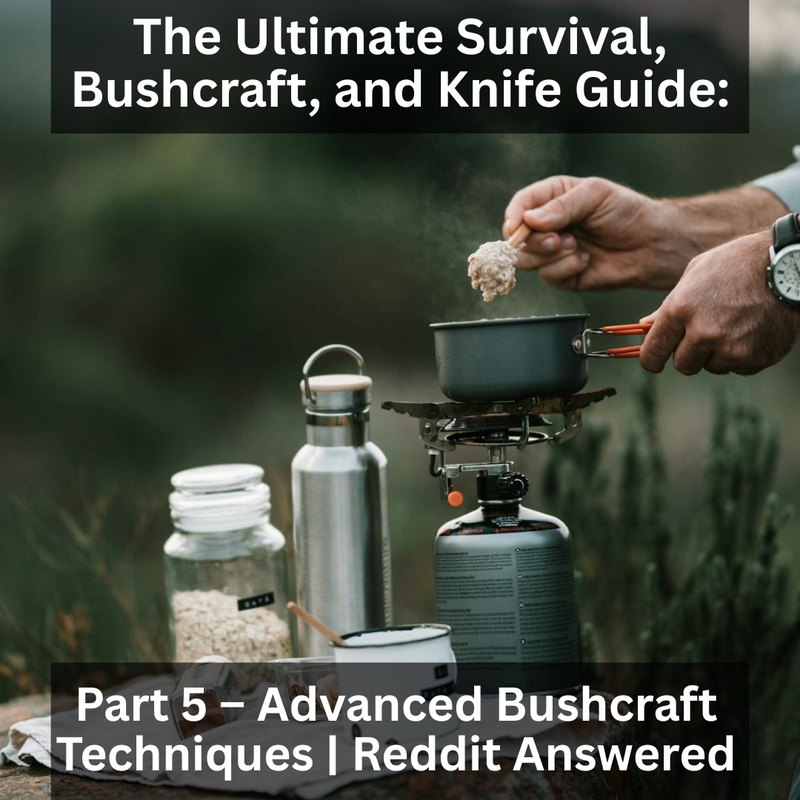The Ultimate Survival, Bushcraft, and Knife Guide: Part 5 – Advanced Bushcraft Techniques | Reddit Answered
Posted by Heinnie Haynes on 4th Apr 2025
Welcome to the final instalment of Heinnie Haynes’ ultimate guide to survival, bushcraft, and outdoor skills. In this part, we delve into the questions asked by the Reddit community, advising on advanced bushcraft techniques—the skills and crafts that transform basic bushcraft into long-term wilderness living.
These methods require patience, practice, and an understanding of the natural environment, but mastering them will take your bushcraft expertise to new heights.
From preserving food without refrigeration to crafting tools from natural materials, these advanced techniques will help you not only survive but truly thrive in the wild.
How Can I Preserve Meat Without Refrigeration?
Long-term wilderness living requires methods to preserve food without modern conveniences. Smoking is one of the most effective techniques, where low heat and smoke from a fire dry the meat and add flavour. Another method is salt curing, where salt draws moisture out of the meat, preventing bacterial growth.
For portability, prepare jerky by slicing meat thinly, salting it, and drying it over a fire or in the sun. If conditions are suitable, air drying or using an underground storage pit insulated with natural materials can also keep food safe for days or weeks.

How Can I Craft Tools Using Natural Resources?
The wilderness is full of materials for crafting tools. Wood carving can produce handles for knives or axes, spoons, and bowls. Stone and bone can be shaped into blades, scrapers, or points for hunting. Cordage made from plant fibres or animal sinew can bind parts together.
For cutting tools, look for sharp-edged stones or create your own by knapping flint. Handles can be crafted from hardwoods, while tree resin or natural glue can secure the blade. Patience and precision are key to producing effective tools.
How Do I Make Natural Dyes and Paints in the Wild?
Creating natural dyes and paints can be a valuable skill for camouflage, signalling, or simply personalising your gear. Many plants and natural materials provide colour. For example, berries can produce reds and purples, while bark and leaves offer browns and greens.
To make a dye, boil the materials in water to extract the pigment, then soak fabric or fibres in the solution. For paints, mix pigments with a natural binder such as tree sap, clay, or animal fat. These natural creations connect you to the environment and can have practical uses beyond aesthetics.

How Do I Build a Long-Term Wilderness Shelter?
A durable and weather-resistant shelter is essential for extended stays in the wild. Start with a strong foundation—choose a flat, elevated site that’s safe from flooding and wind exposure. Use sturdy poles and natural materials like bark, leaves, or thatch to create walls and roofing.
Add thermal insulation using layers of moss, grass, or debris to keep warmth in. Design the shelter for multi-season adaptability by incorporating features like a ventilation hole for fires or a sloped roof to shed rain. Take the time to build structural stability—it’s worth the effort for long-term comfort.
How Can I Make Natural Containers and Pottery?
Containers are crucial for storing water, food, and tools. If you’re near a clay-rich area, collect clay and remove impurities by letting it settle in water. Use the coil method to shape the clay into bowls or jars, smoothing the surface as you go.
Once shaped, fire the clay in a pit kiln using a bed of hot coals. Gradually heat the pottery to harden it and make it watertight. Alternatively, use large leaves, bark, or hollowed-out wood as improvised containers.
What Are the Methods for Creating Natural Adhesives?
Natural adhesives are invaluable for binding tools, repairing gear, or sealing containers. Tree resin is a common choice—heat it to liquefy, then mix it with powdered charcoal or plant fibres to create a stronger bond. Animal hide glue can be made by boiling hide scraps or sinew until they form a sticky substance.
These versatile adhesives can be used for tasks ranging from fletching arrows to waterproofing seams. Always test your adhesive on a small project to refine its strength and consistency.

How Can I Forage and Store Wild Edibles for Long-Term Use?
Foraging for food is an art and a science. Focus on nutrient-dense and abundant foods, such as nuts, berries, roots, and leafy greens. Preserve your foraged finds by drying or storing them in a cool, dry place. Berries can be mashed and dried into fruit leather, while nuts and seeds store well in their shells.
Store food in improvised containers like woven baskets, clay pots, or bark pouches. Label or separate items to avoid confusion and ensure a balanced, sustainable food supply.
How Can I Develop Self-Sufficiency Skills for Long-Term Survival?
Self-sufficiency is about cultivating a wide range of skills and adapting to your environment. Focus on the following:
- Food production, such as growing small crops or raising small animals in semi-permanent wilderness settings.
- Water sourcing, including creating rain catchment systems or improving natural filtration methods.
- Tool manufacturing, learning to craft and maintain all your essentials from natural materials.
- Medical knowledge, such as recognising medicinal plants or improvising treatments.
- Mental resilience, developing patience, problem-solving, and the ability to stay calm under pressure.
Continuous learning is key—practise these skills often and build on your knowledge with each outing.
Advanced bushcraft techniques are the pinnacle of wilderness survival, transforming the outdoors into a space where you can not only survive but thrive. These skills take time and dedication to master, but the rewards are immense—a deeper connection to nature and a profound sense of self-reliance.
With this final instalment, our series draws to a close. Whether you’re a novice adventurer or a seasoned bushcrafter, Heinnie Haynes is here to provide the tools, gear, and guidance you need. Explore our extensive range of products and take the first step toward your next great adventure.







